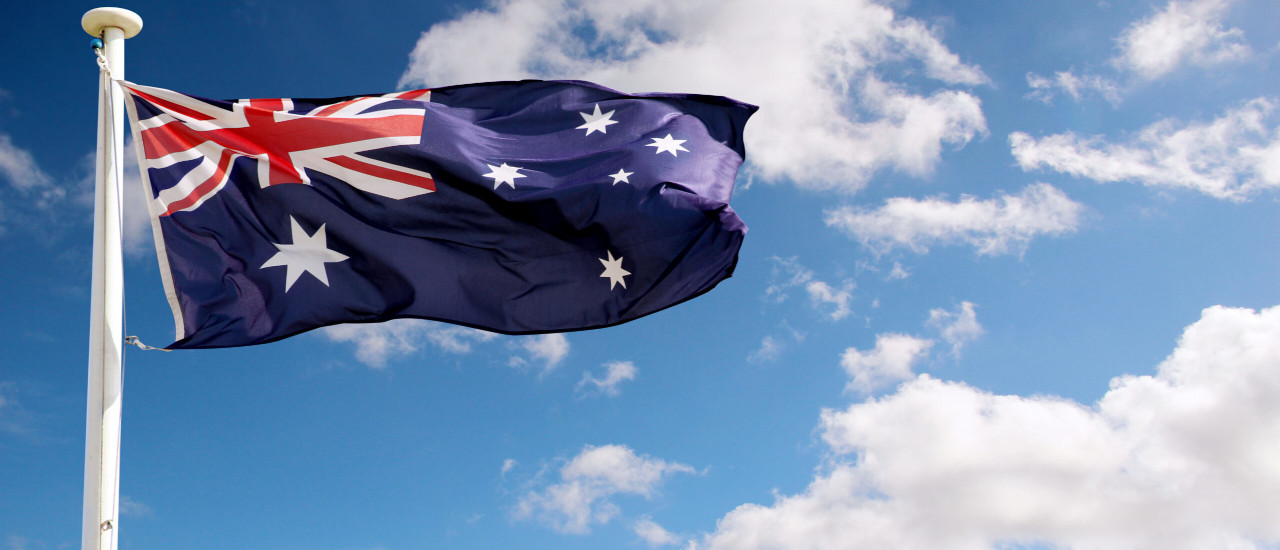
Treading a Fine Line: 2024 Budget Australia
What does the recently announced federal budget mean for Australians? ECOVIS Clark Jacobs in Australia examines the key measures.
On Tuesday May 9th, the Australian Government handed down the 2023/2024 budget. At the headline level the budget confirmed that for 2022/2023 Australia actually ran a surplus for the first time in 15 years due to high commodity prices driving up taxation revenue. However, this once off surplus is not projected to continue, with persistent deficits being forecast over the next five years.
Real gross domestic product (GDP) growth for 2023/2024 is forecast to be a paltry 1.5%, while inflation is expected to moderate from the current 7% down to around 3.25%. Unemployment is expected to tick up slightly to 4.25%, while wages growth of around 4% is forecast.
On the taxation side of the budget, the Government tinkered around the edges to raise some additional, uncontroversial revenue. Measures included:
- Increasing the taxation rate for superannuation balances of $3 million or more from 15% to 30%. This will impact 80,000 of the 23 million superannuation accounts in Australia and raise $2.3 billion per year.
- Amending the petroleum resource rent tax to raise $33.8 billion over 4 years.
- Legislating the global minimum 15% corporate tax rate in Australia.
- Increasing tobacco taxes by 5% per year for the next 3 years.
Overall, the Government has tried to offend no-one, bank the savings of the revenue windfall received while trying not to add to inflation or pressure on the Reserve Bank to raise interest rates.Scott Hogan-Smith, Partner, ECOVIS Clark Jacobs, Sydney, Australia
Also confirmed was the cessation of the low and middle income tax offset. This means from 1 July 2023, all qualifying individuals will no longer receive the $675 to $1,500 tax offset when lodging their tax return, saving the government $4.1 billion over 5 years.
On the spending side, the Government’s $14.6 billion cost of living package targeting energy bills, rental assistance and increased social security spending, plus spending more on health and aged care, including a substantial rise in pay for government-funded aged care workers. Also established is the Housing Australia Future Fund, which will be a $10 billion fund established to build new social and affordable housing, along with $2 billion of funding to support the production and export of green hydrogen.
Overall, the Government has tried to offend no-one, bank the savings of the revenue windfall received while trying not to add to inflation or pressure on the Reserve Bank to raise interest rates. It’s a fine line to walk but has also left some significant questions, especially about dealing with the budget’s structural deficit, without an answer.
Contact us:
Scott Hogan-Smith
ECOVIS Clark Jacobs
Level 2, Piers 2 & 3, 13 Hickson RoadNSW 2000 Walsh Bay, Sydney
Phone: +61 2 9264 1111
www.ecovis.com/australia


